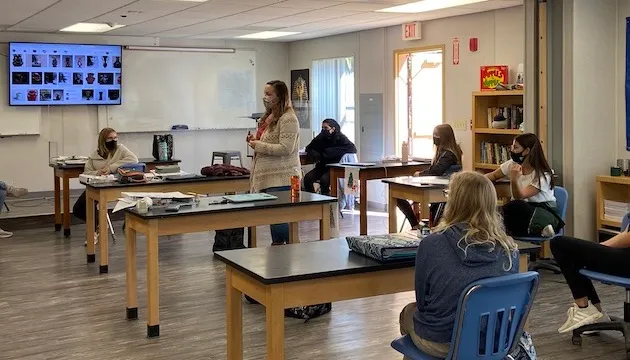Activities to Teach Students to Identify Steps of the Scientific Method

Teaching the scientific method to students can be a challenging task. However, by incorporating different activities, it can be easier to help students grasp the essential steps of the scientific method. In this article, we will explore some activities that can be used to teach students to identify steps of the scientific method.
1. Interactive notebooks
One of the most effective activities to teach students to identify steps of the scientific method is interactive notebooks. Interactive notebooks are an effective way to engage students in the learning process by providing them with a hands-on approach to learning. For instance, students can create foldable pages to summarize each step of the scientific method and draw their own diagrams and illustrations to support each step.
2. Group discussions
Another effective activity is to have students work in small groups. Start by presenting the students with a scenario that requires them to apply the scientific method. Have each group work together to identify and categorize the steps of the scientific method that would be used to solve the problem. Next, have each group present their findings to the entire class, stimulating discussion and peer feedback.
3. Roleplay scenarios
Another active activity to teach the scientific method to students is to assign each student a particular role to play within a hypothetical scenario. The roles can vary from being a scientist to being a researcher. For example, the scenario could be that a farmer has discovered some unusual tracks on his farm land and the students are given the task of using the scientific method to identify the tracks’ origin. Based on the roles assigned, students will observe, form hypotheses, conduct experiments, and gather data until they arrive at the correct conclusion.
4. Experiments
Another effective activity is to conduct simple experiments in the classroom that involve the steps of the scientific method, such as identifying a problem, formulating a hypothesis, and conducting an experiment to test the hypothesis. One example of a simple experiment is to have students use the scientific method to identify which liquid is the most effective at cleaning pennies. In this experiment, students would identify the problem, form a hypothesis, experiment to test the hypothesis, and interpret the results.
5. Case studies
Lastly, using case studies can be an excellent way to engage students in the scientific method. Case studies help students understand how the scientific method can be used in real-world situations and emphasize the importance of following the correct steps to arrive at accurate conclusions. For example, a case study could be created around a disease outbreak and what steps scientists would take to identify the disease, conduct experiments, and develop treatments or vaccines.
In conclusion, teaching the scientific method can be made more engaging and enjoyable for students with these activities. Incorporating interactive notebooks, group discussions, role play scenarios, experiments, and case studies can improve students’ understanding of the process and significance of the scientific method. By using these activities, science teachers can help students comprehend the scientific method more effectively and consistently.


